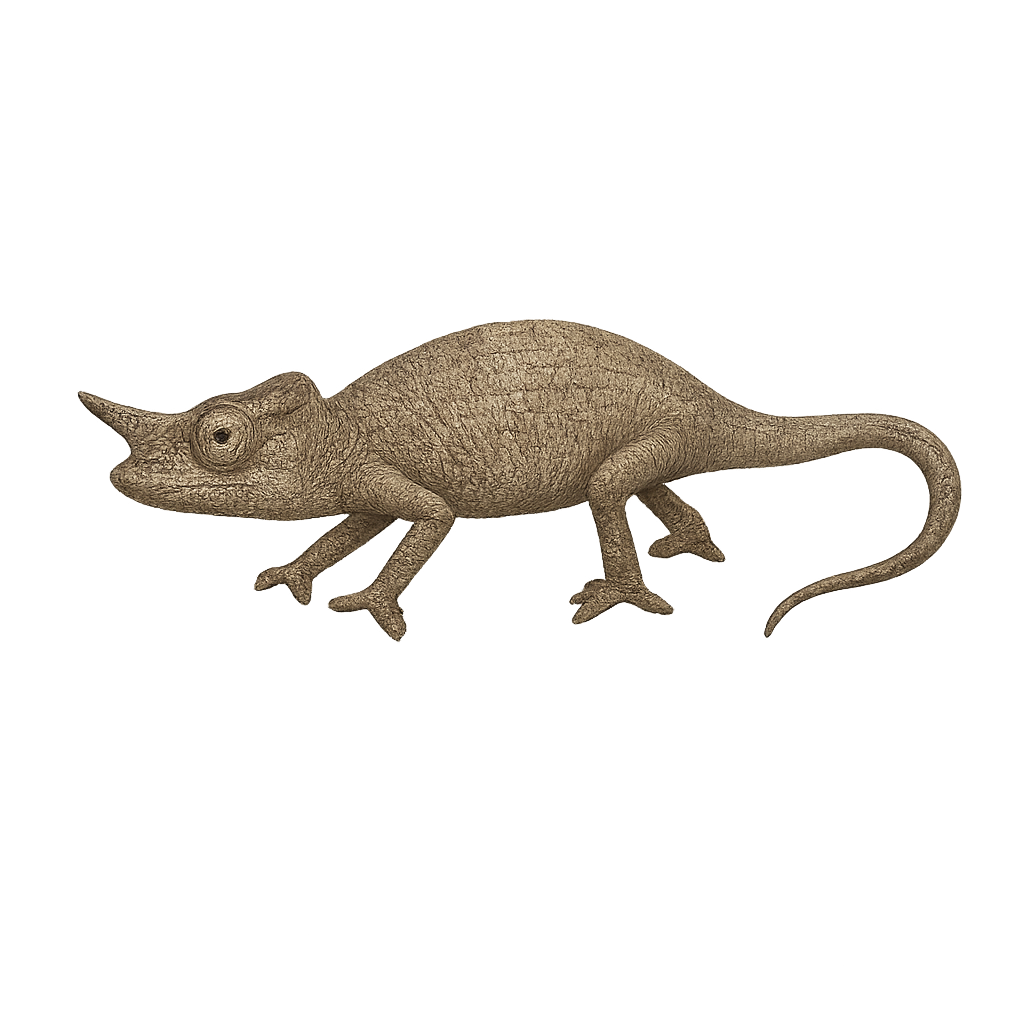Your wildlife photography guide.
Explore the nose-horned chameleon in detail, study its behavior, prepare your shots.
Where to observe and photograph the nose-horned chameleon in the wild
Learn where and when to spot the nose-horned chameleon in the wild, how to identify the species based on distinctive features, and what natural environments it inhabits. The WildlifePhotographer app offers tailored photography tips that reflect the nose-horned chameleon’s behavior, helping you capture better wildlife images. Explore the full species profile for key information including description, habitat, active periods, and approach techniques.
Nose-horned Chameleon
Scientific name: Calumma nasutum

IUCN Status: Least Concern
Family: CHAMAELEONIDAE
Group: Reptiles
Sensitivity to human approach: Suspicious
Minimum approach distance: 2 m
Reproduction period: December to January
Incubation: 180–275 jours
Births: December to January
Habitat:
Humid forests, tropical forests, shrublands
Activity period :
Active during the day when temperatures are favorable, often seen basking in the sun.
Identification and description:
The Calumma nasutum, or nose-horned chameleon, is a chameleon species endemic to Madagascar. This small reptile is easily recognizable by its prominent nasal appendage, giving it a unique appearance. It sports a green coloration that allows it to blend into its forest environment. This chameleon is primarily arboreal, inhabiting the island's humid forests. Its ability to change color is used for communication and thermoregulation. The Calumma nasutum is a diurnal animal, active mainly during the day. Its modest size and discreet behavior make it difficult to spot in the wild, making it a fascinating subject for wildlife observers.
Recommended lens:
Macro – adjust based on distance, desired framing (portrait or habitat), and approach conditions.
Photography tips:
To photograph the Calumma nasutum, it's advisable to use a macro lens to capture the fine details of this fascinating animal. Approach slowly and carefully to avoid startling it, as it is naturally suspicious. The natural light of the morning or afternoon is ideal for capturing vibrant colors. Be patient and wait for it to move or change color to capture unique moments. Using a tripod can help stabilize the camera for sharp images.
From knowledge to field practice
A species profile helps you understand an animal. In the field, the challenge is often different. Remembering your own observations.
The WildlifePhotographer app allows you to:
• record your personal observations
• note locations, dates, and behaviors
• revisit your field references over time
• build a private and long-term field logbook
The app does not provide observation locations.
It helps you organize what you actually observe, with respect for wildlife.

